





The Surrealism Website
Felix Labisse (1905-1982)

Labisse started painting in 1922. From 1932 he settled in Paris and in 1935 came to know Paul Delvaux, Max Ernst, André Masson and René Magritte.
The first work which we can recognise as surrealist is his Ancient comediens of 1937. Here he is referring to the ancient greek playwrights. Labisse had a considerable grasp of Classical Greek culture and mythology.
We see this in his 1940 painting of Iphigenie. Iphigenia appears in legends about the Trojan War. She was sacrificed by her father, Agamemnon, leader of the Greek forces, in order to gain a favourable wind from the gods to take his fleet to Troy.
The Presage of war of the same year again uses this theme. We note the same pictorial elements in the composition, the bleeding branch on the wall of bricks, the scroll like screens in the sky, like messages from the Gods.
In 1943 he is still working through this classical myth cyle with his painting Medea. Again we see the ship with the broken tree as a mast.
The same year, 1940, he produced Natural History showing his developing skills as a painter. He then painted over the next two or three years some rather enigmatic works in which a woman is shown with her head transformed. Thus the Ongoing adventure of 1944 has a woman with the head of a praying mantis. Each of her hands are stained and dripping with a liquid, her right being green and her left hand red like blood.
In Bonjour Marie of the following year a woman looks in at a window. Her head is transformed into a statue with a green pattina.
Labisse seems at that time somewhat obsessed somewhat with depicted red and green in association with the female form. We see this in his Young fig posing for Leonardo da Vinci sometimes also named An Annunciation.
He expands the theme of the female body being fused with another creature, to create a rather disturbing image of two female bodies fused at the hips. The sharp flint-like rocks also are contrasted with the soft human flesh.
Labisse painted 1952 Sahida de Socorro, a woman wearing a light blue skin open at the front and secured with thorn like tendrils.
He returned to this image in the mid 1960s and created a series of blue women. Although Labisse is not well known outside those with a substantial
interest in art, these blue women were immediately engaging and this image is perhaps that which has become most associated with him.
In the late 1960's he found yet another theme, that of mythological women, again often painted in blue. Thus he created images of Judith, Semiramis, Dido, Lilith, Ophelia, and many others.
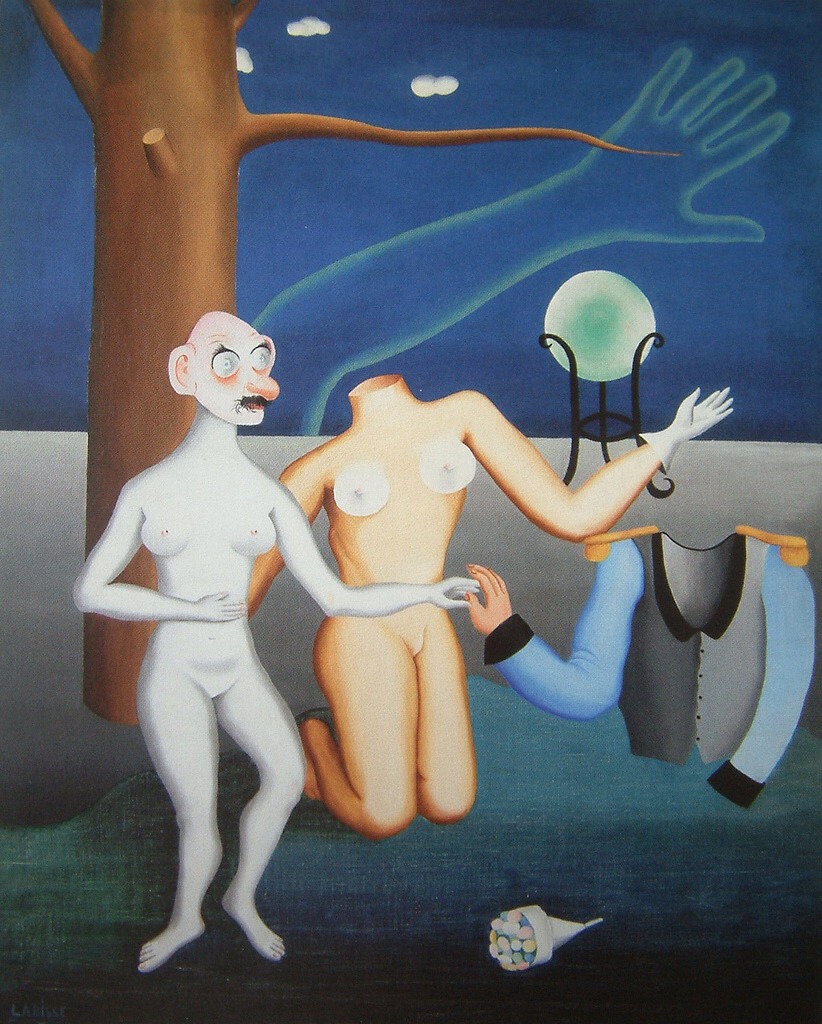
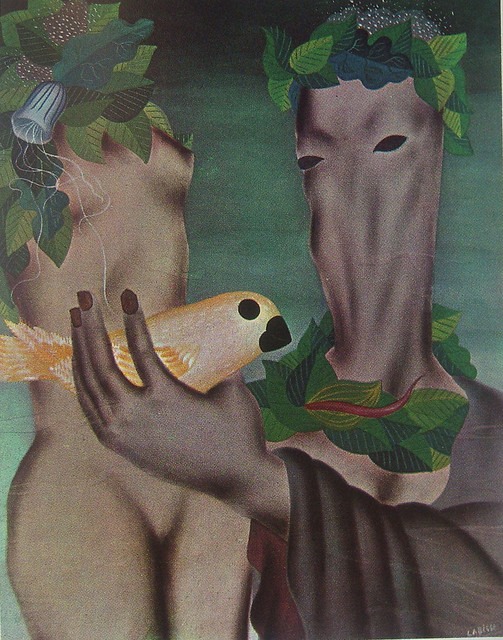
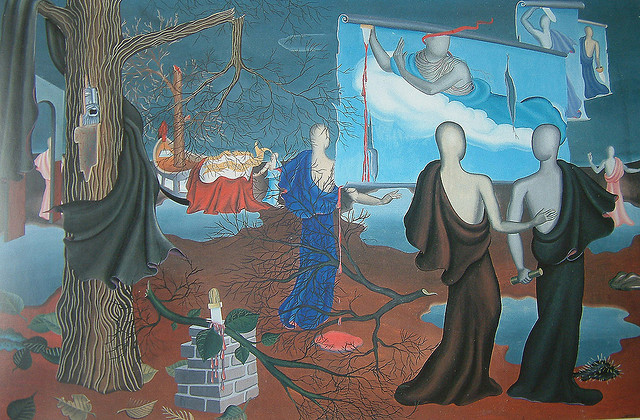
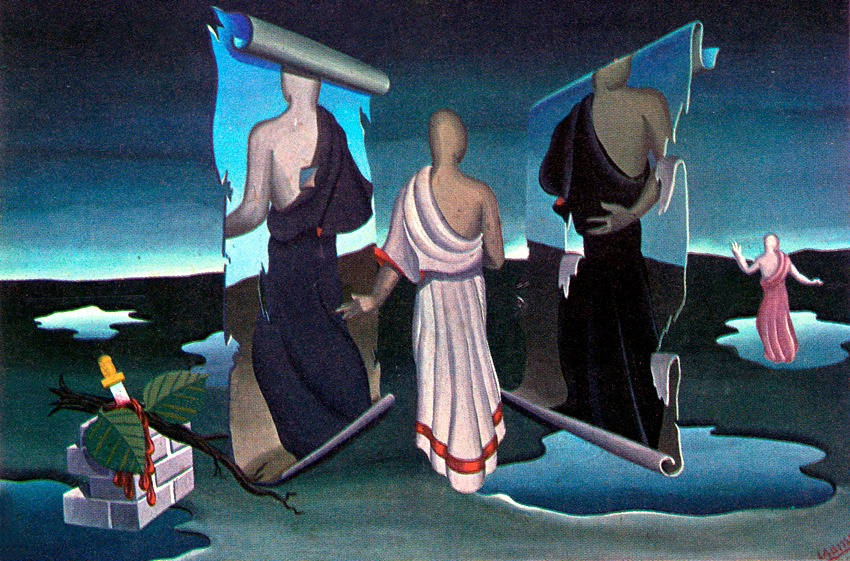
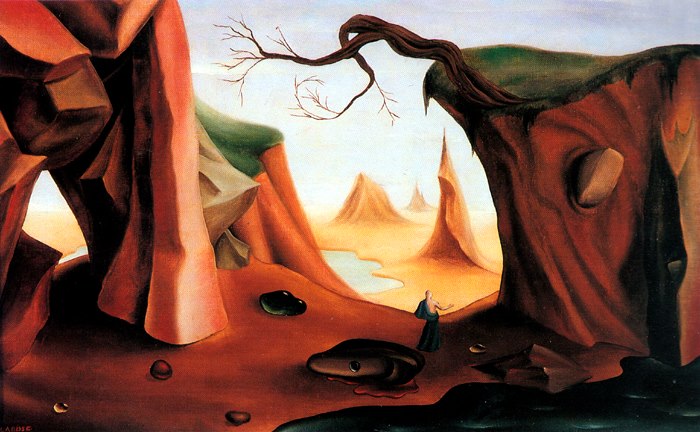
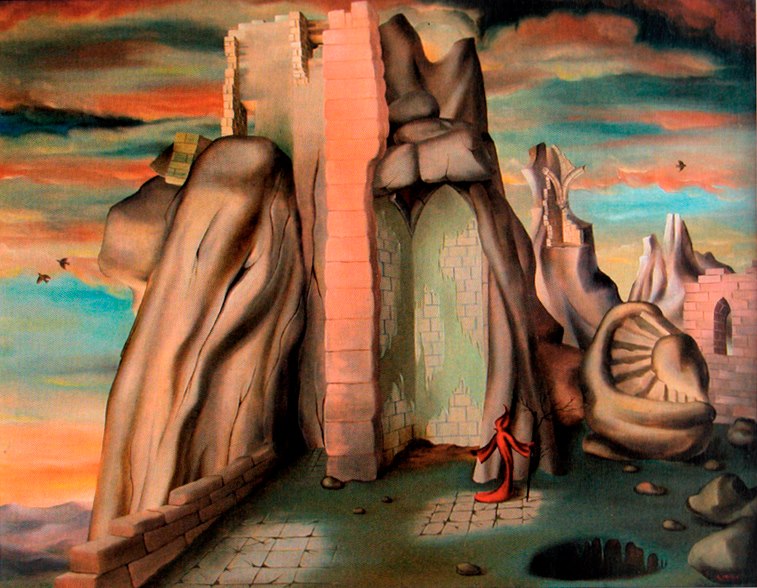

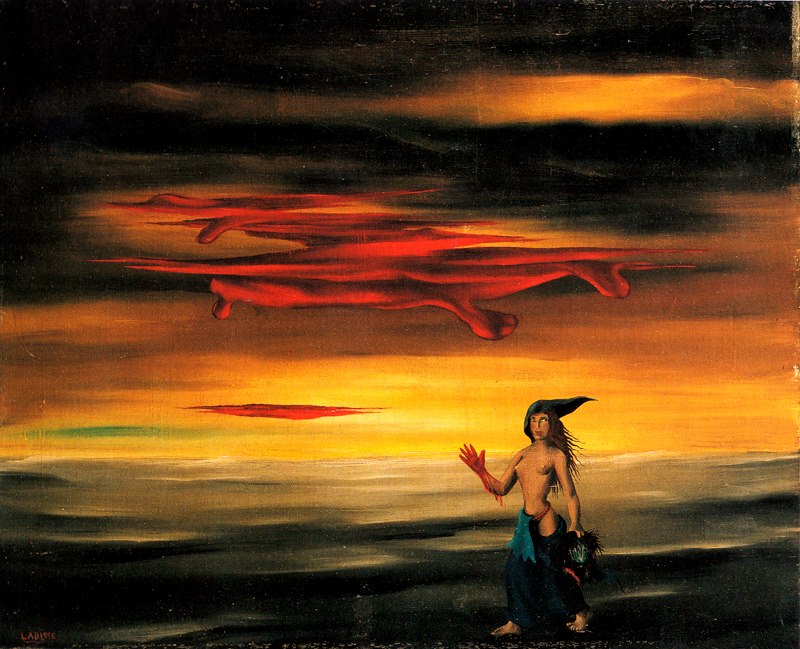
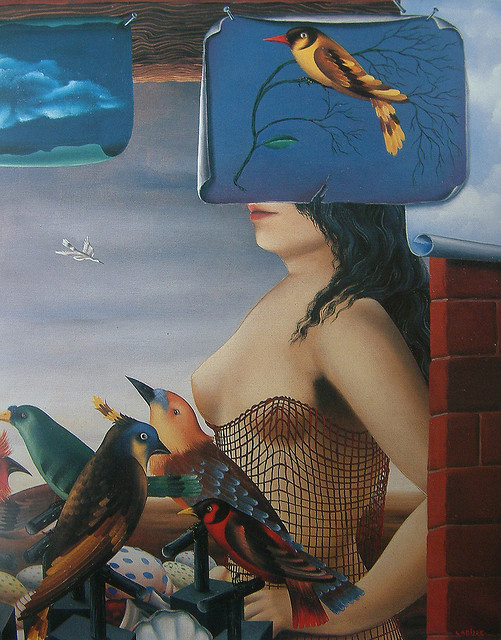
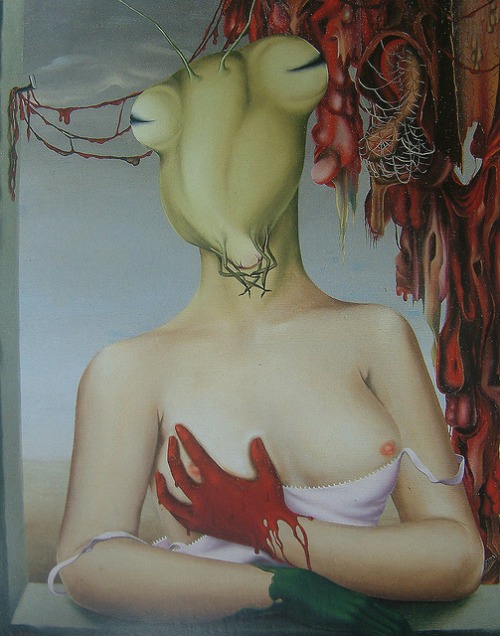

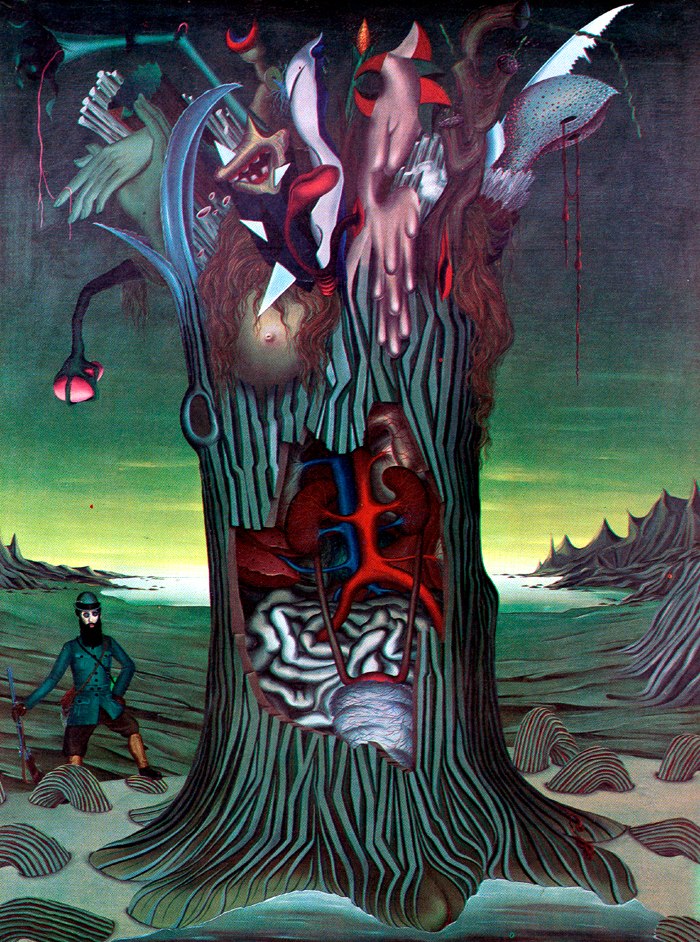
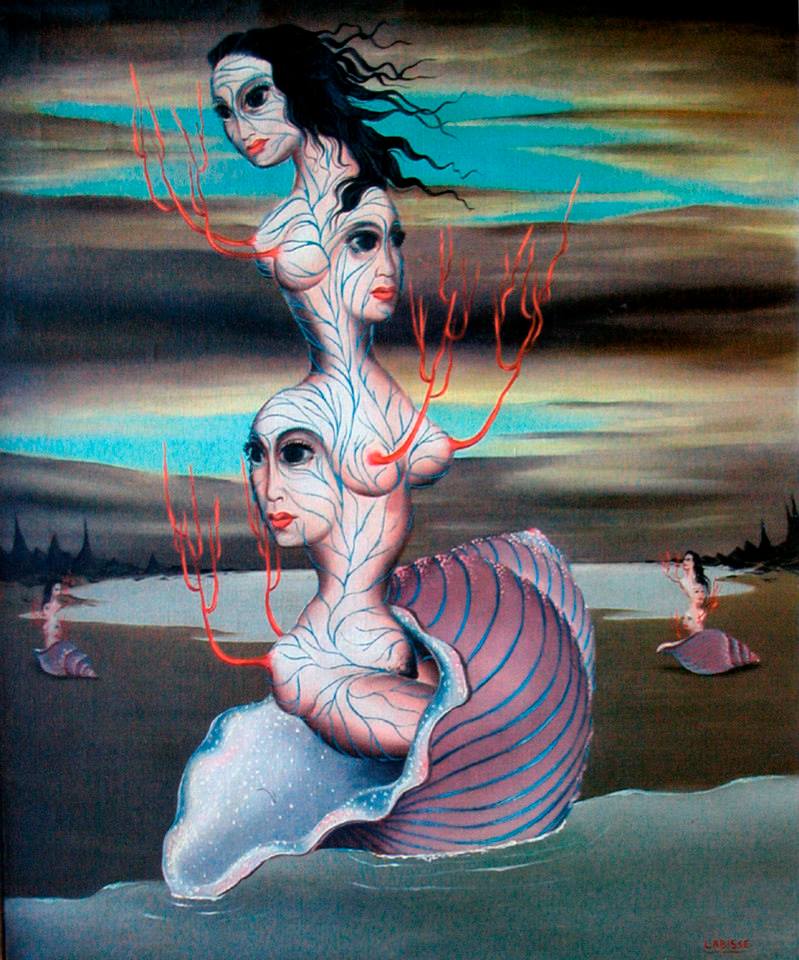
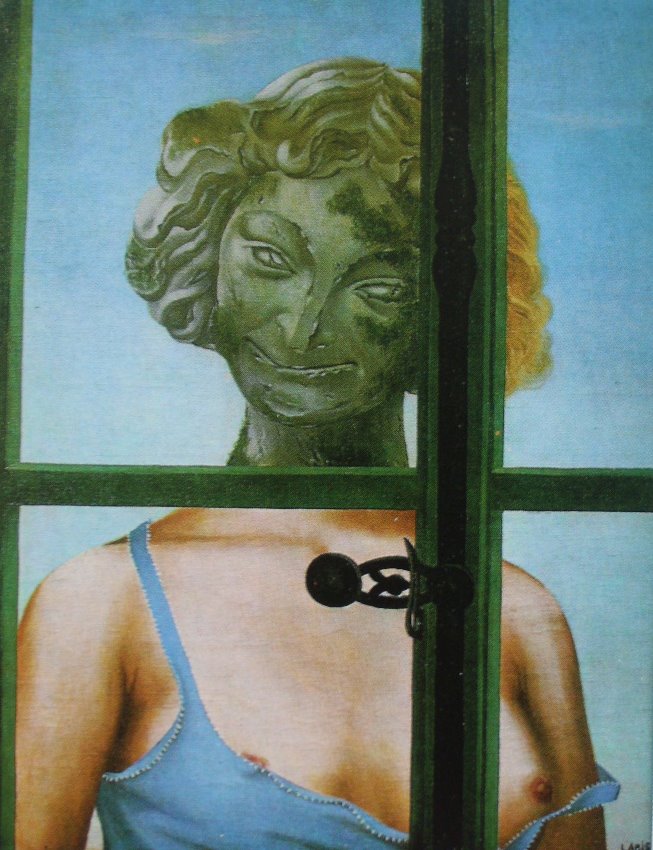
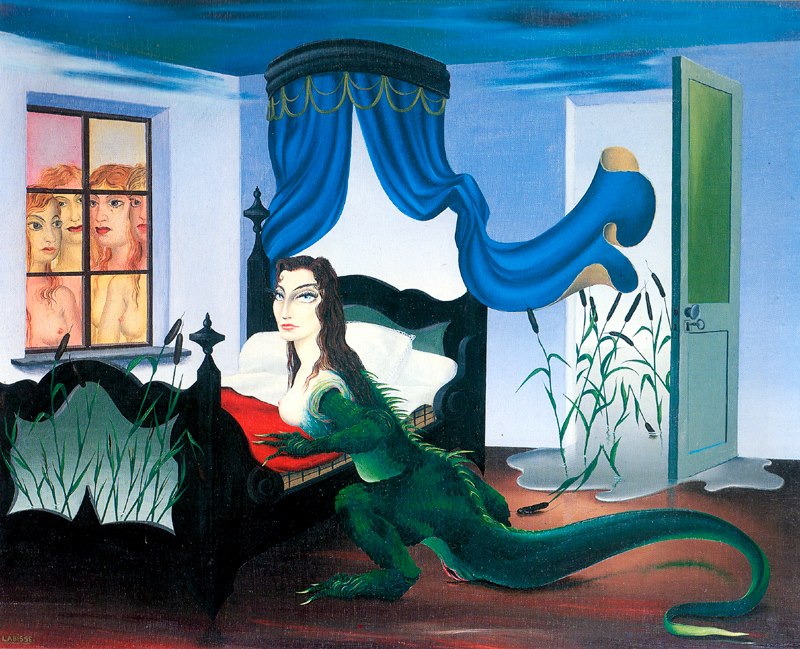
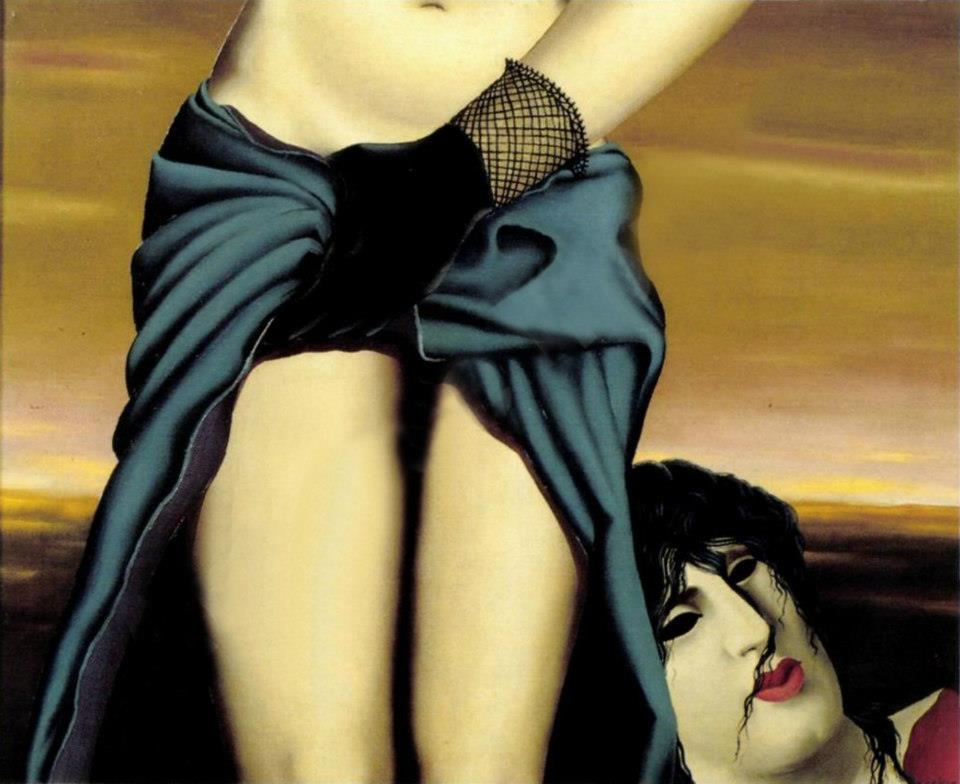
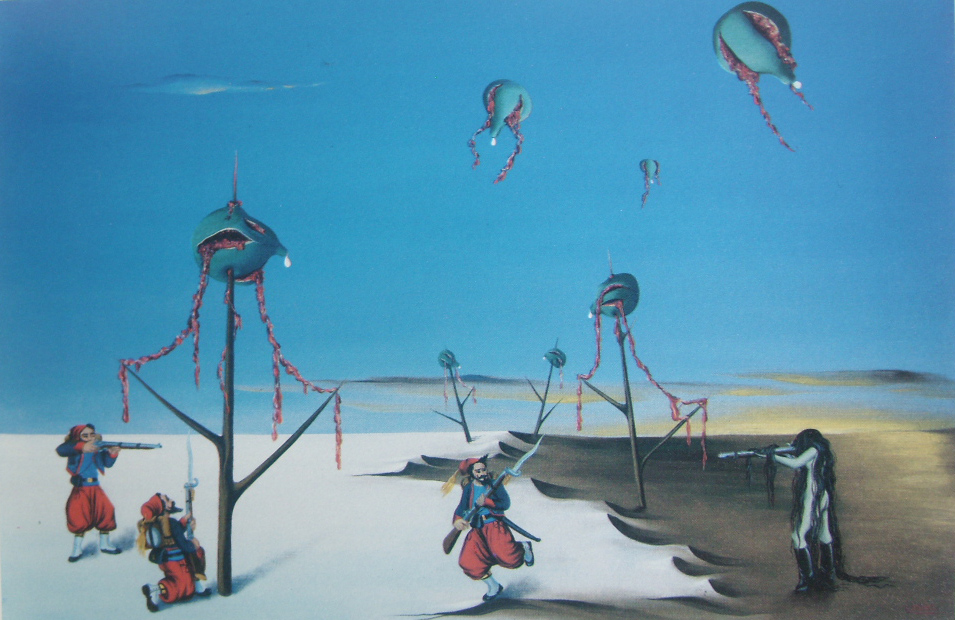
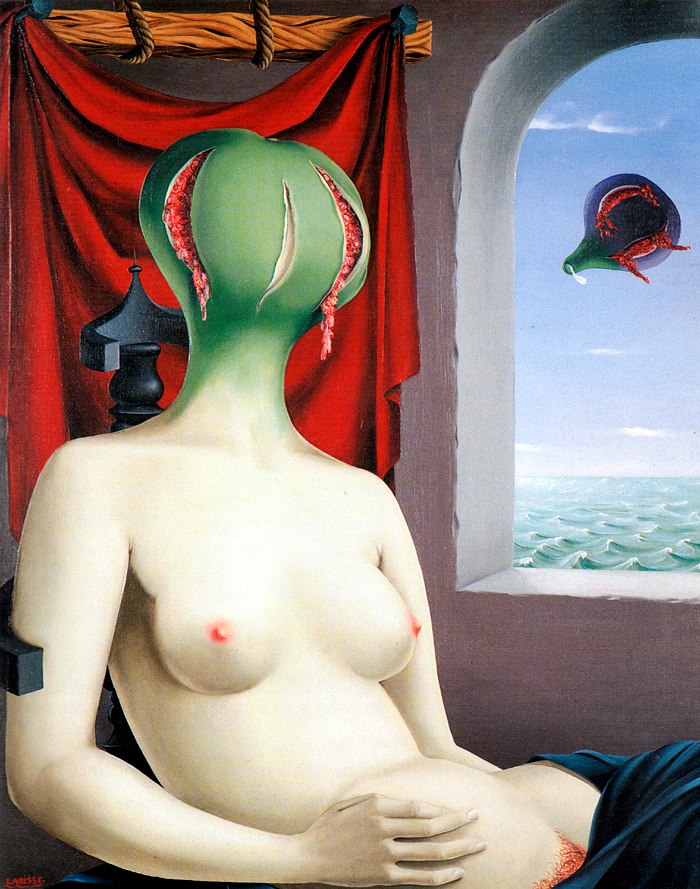
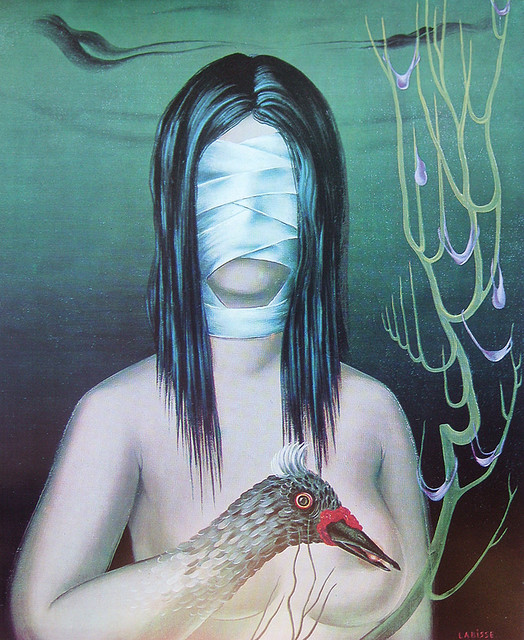
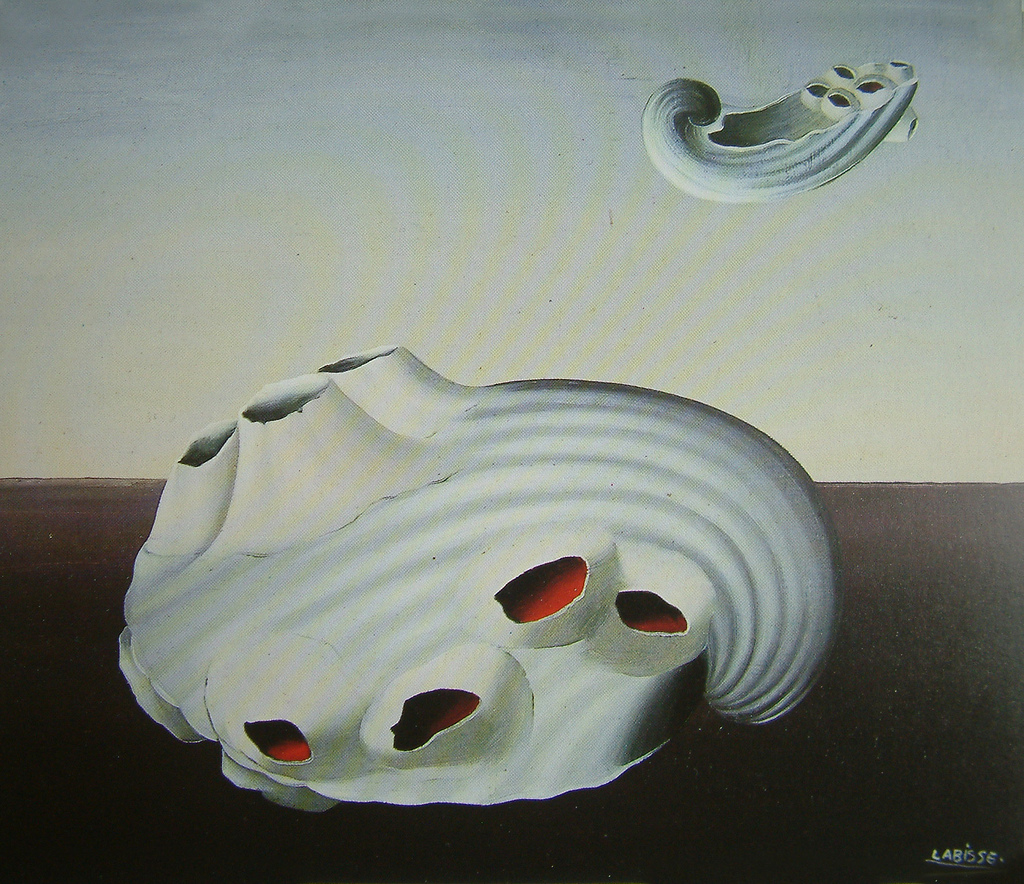
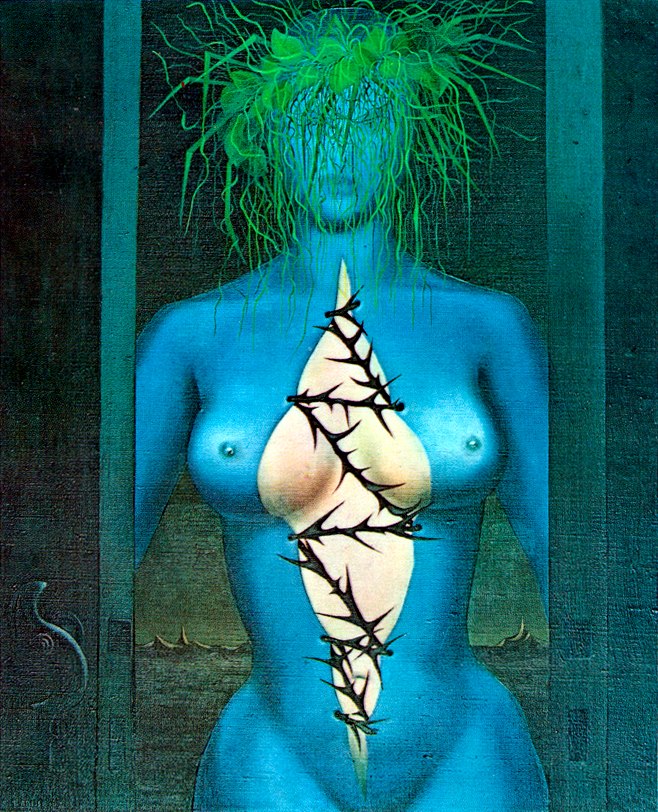
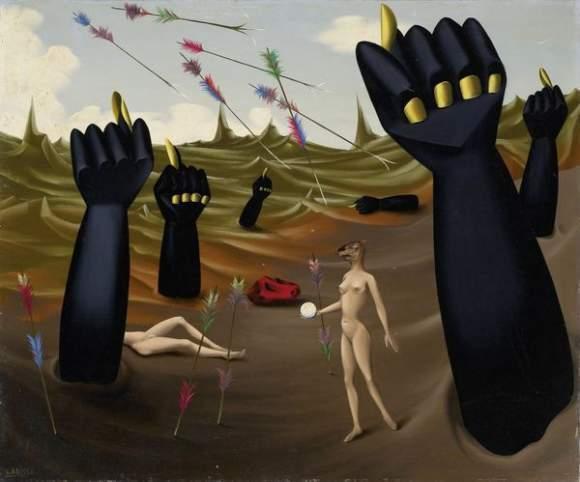
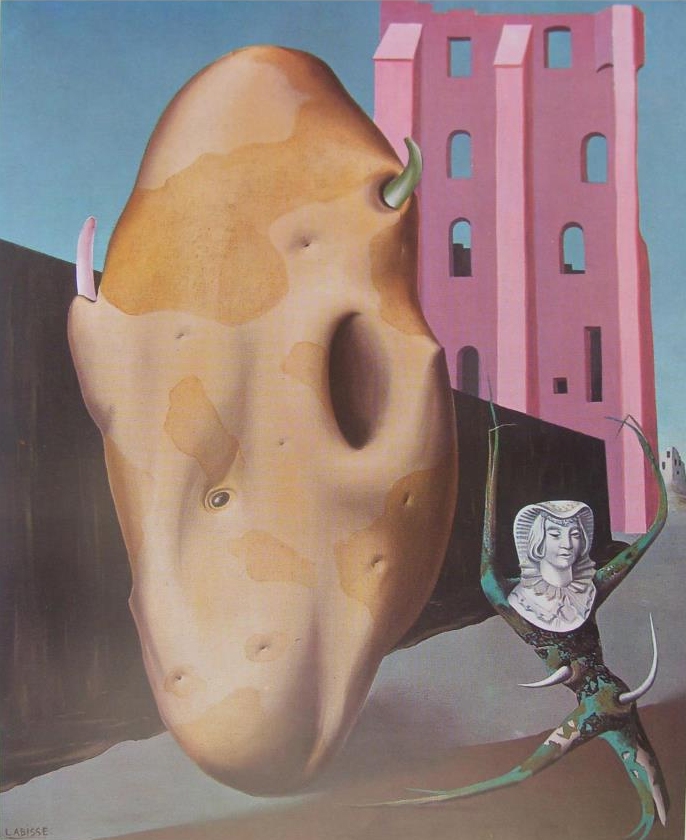
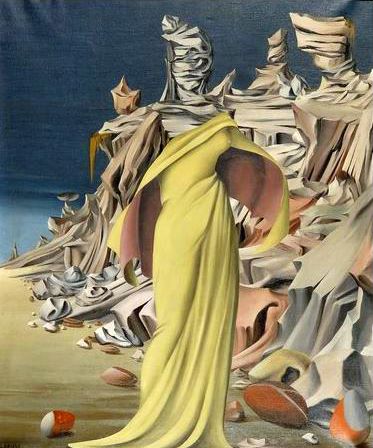
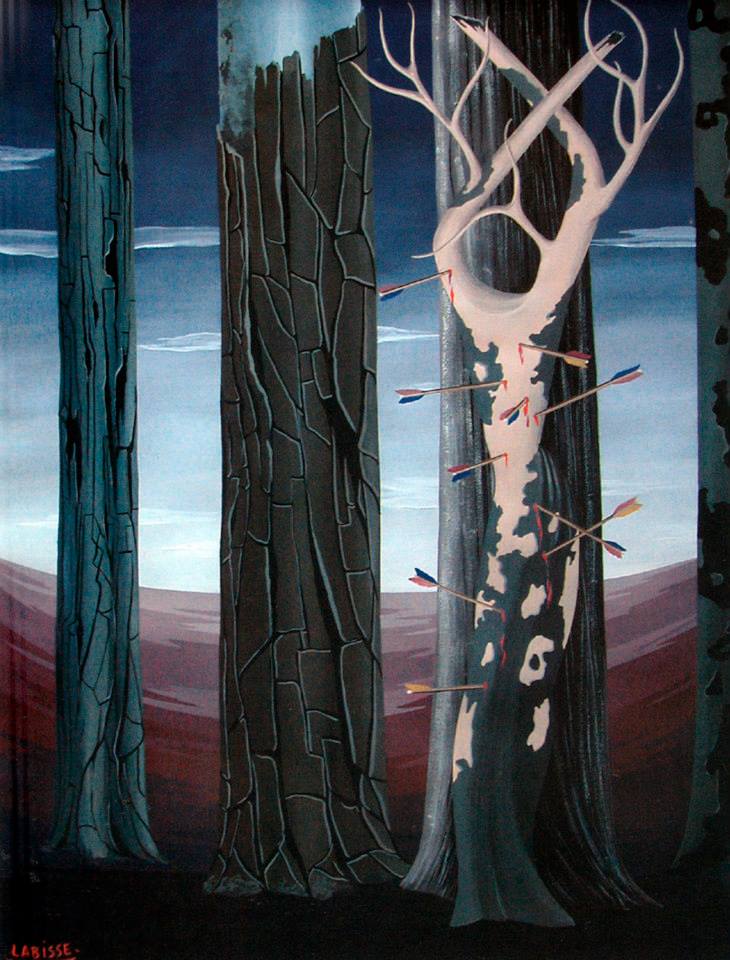
.jpg)
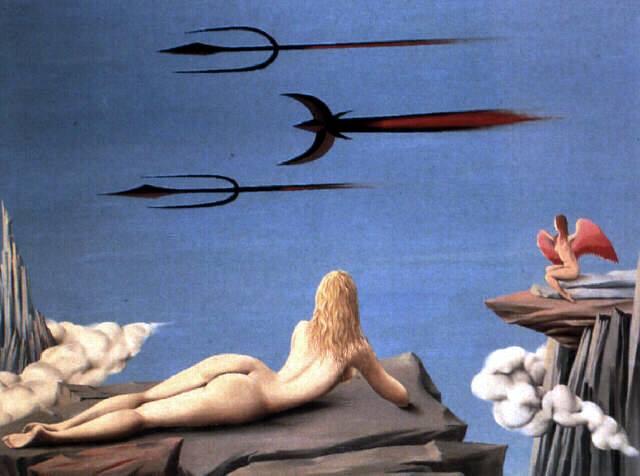
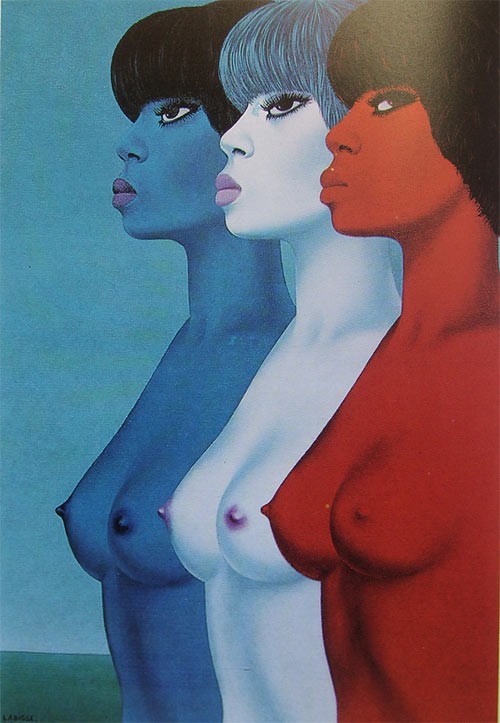
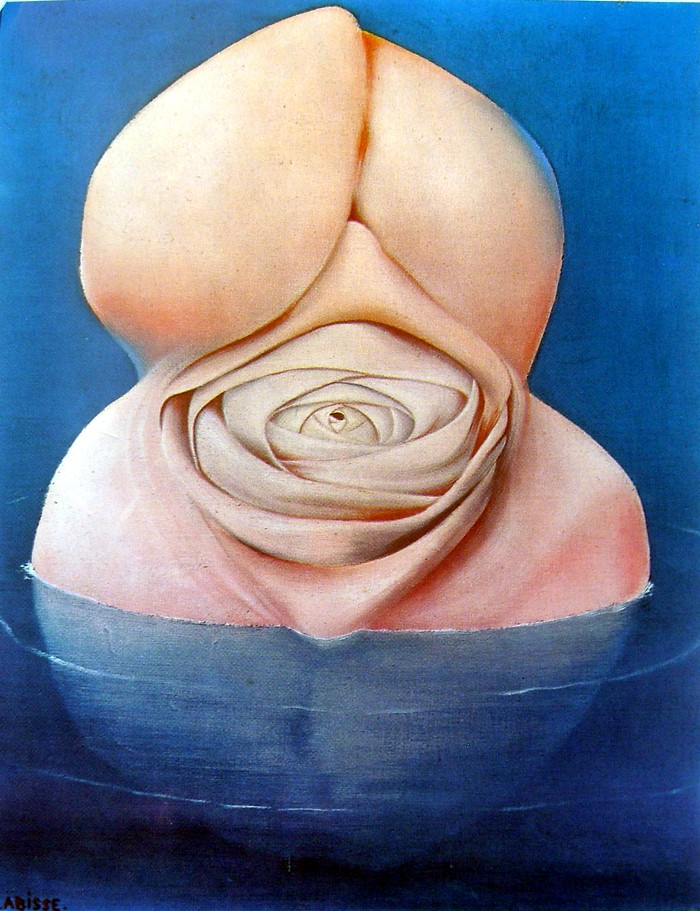
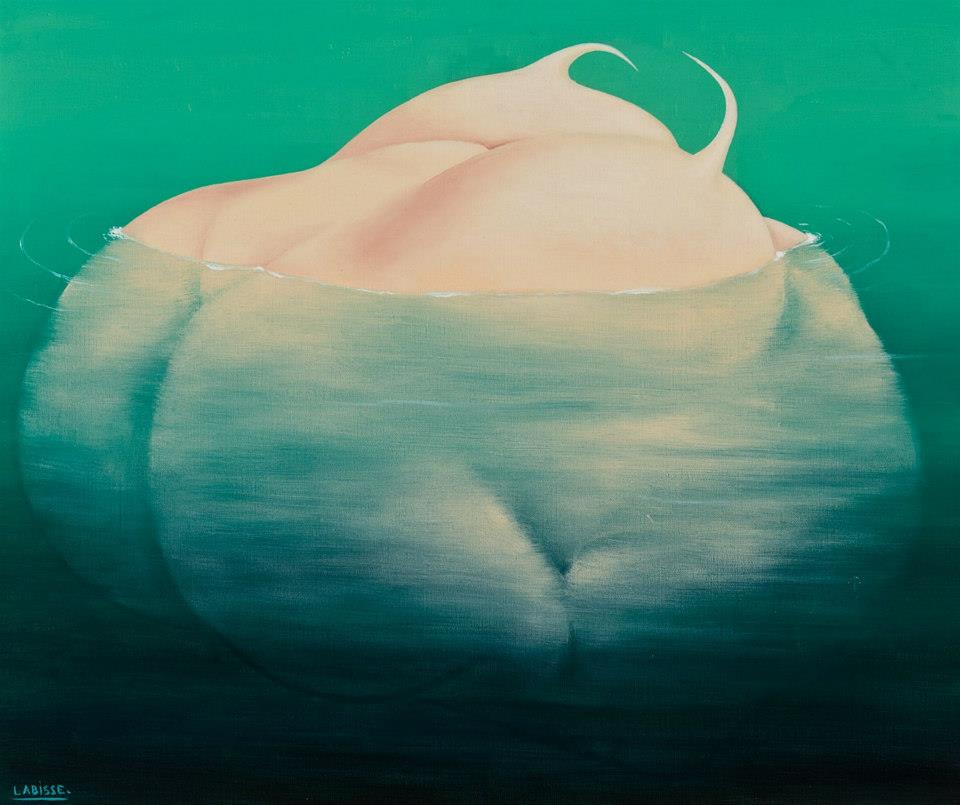
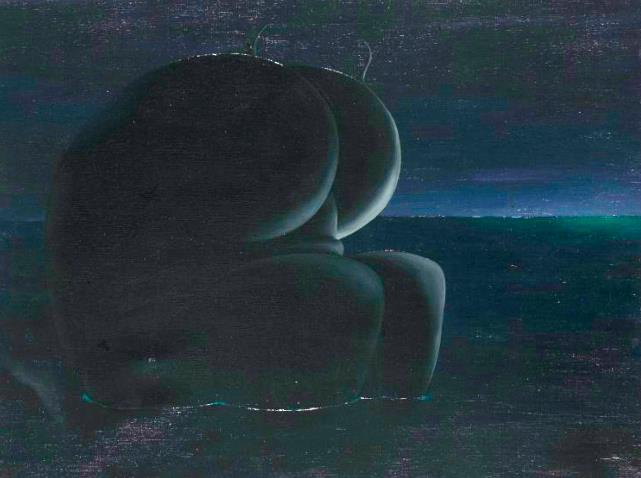
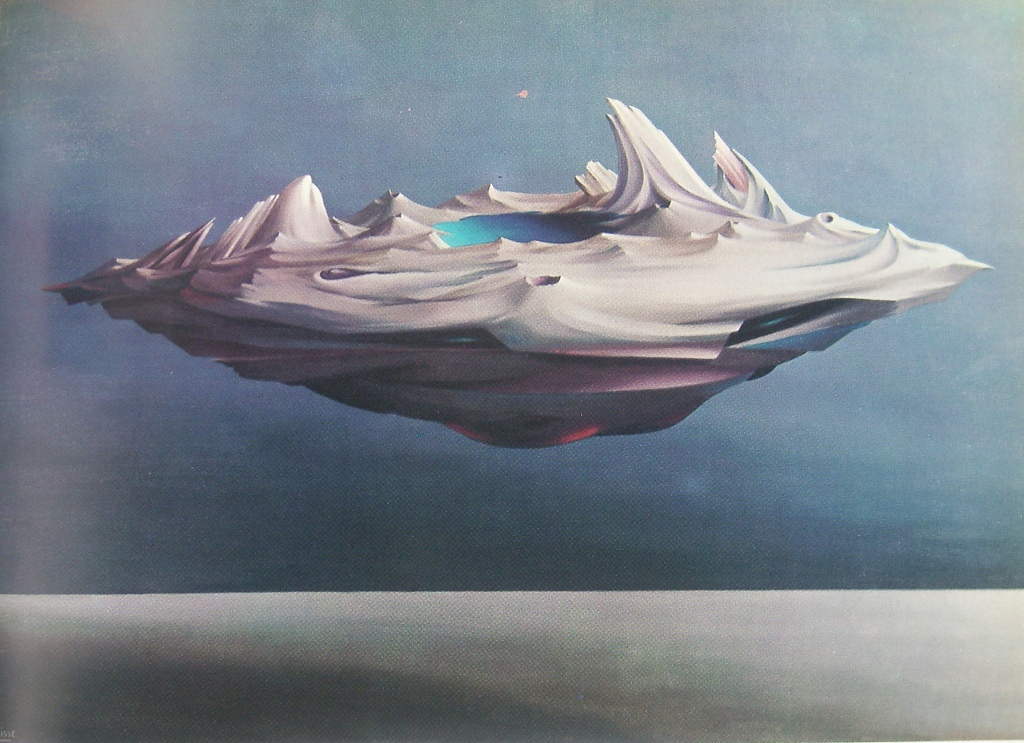
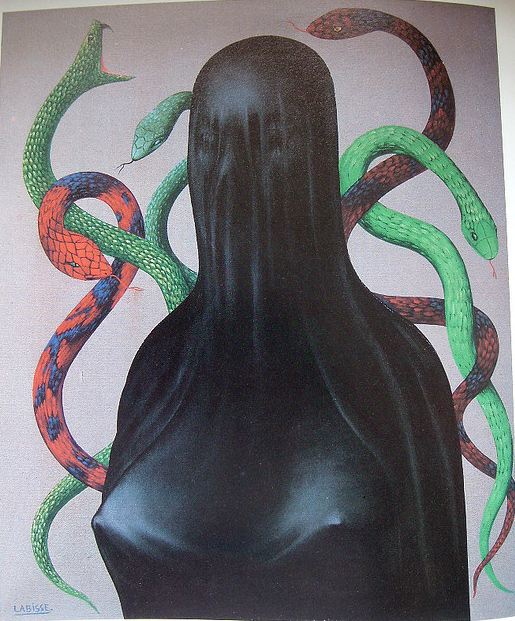
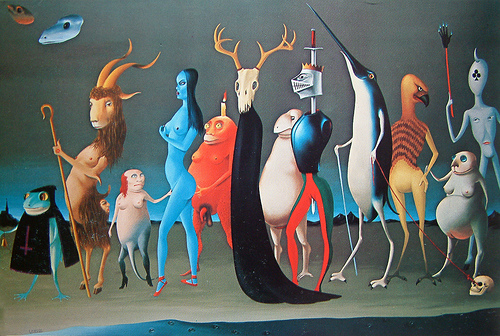
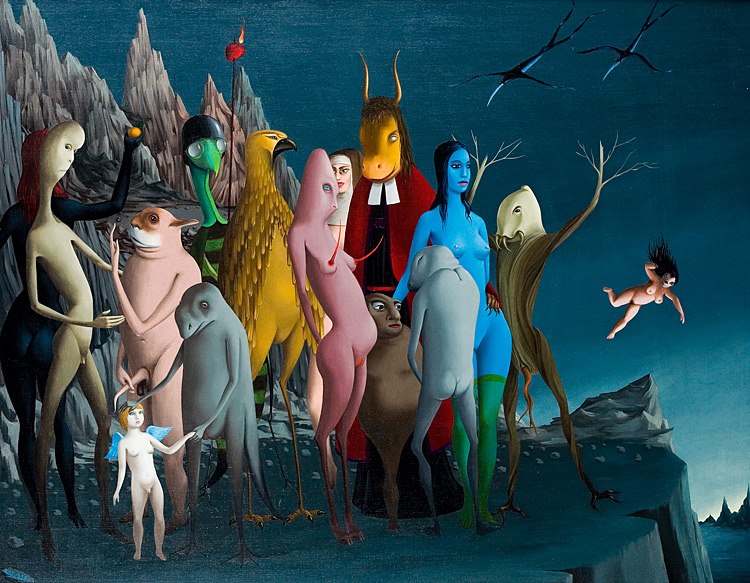
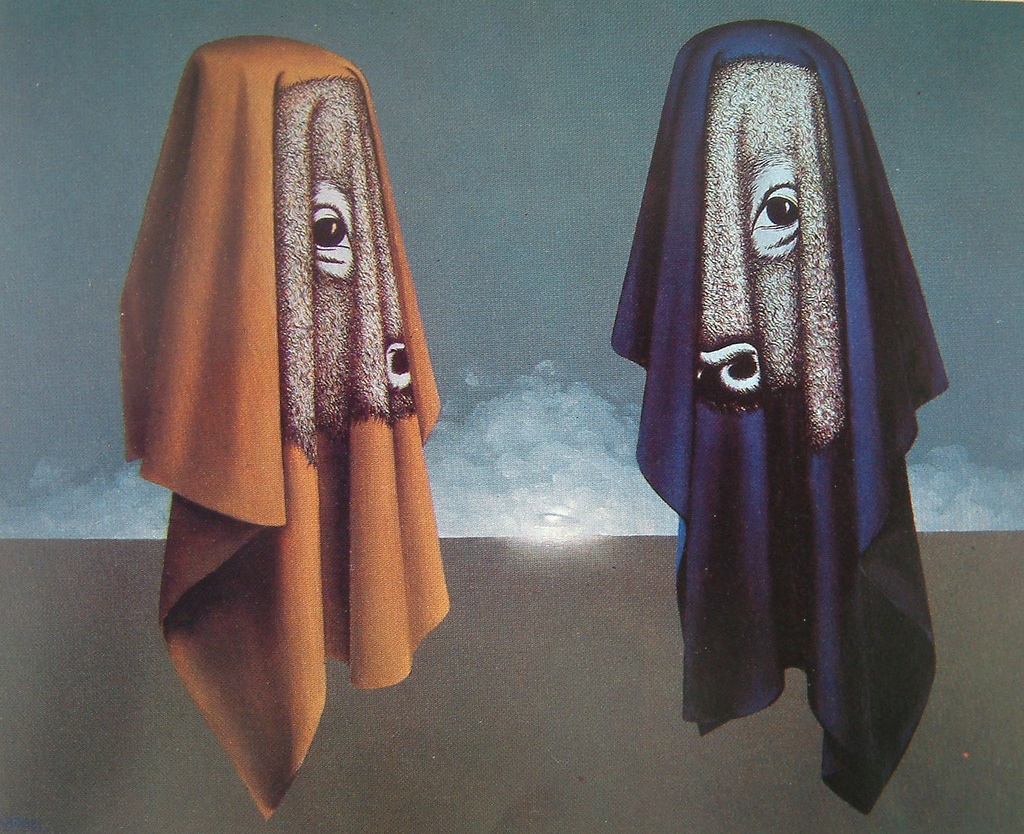































.jpg)










